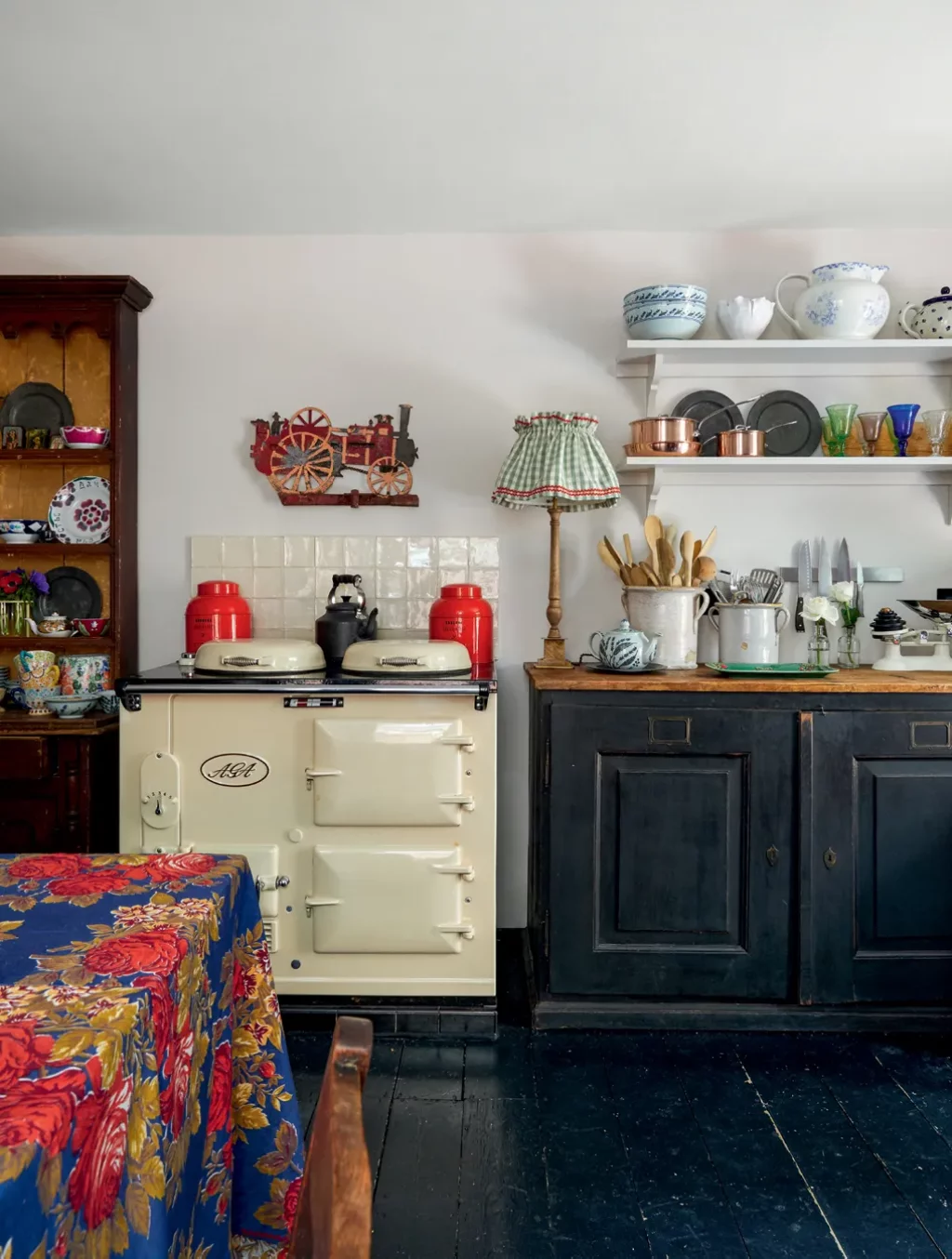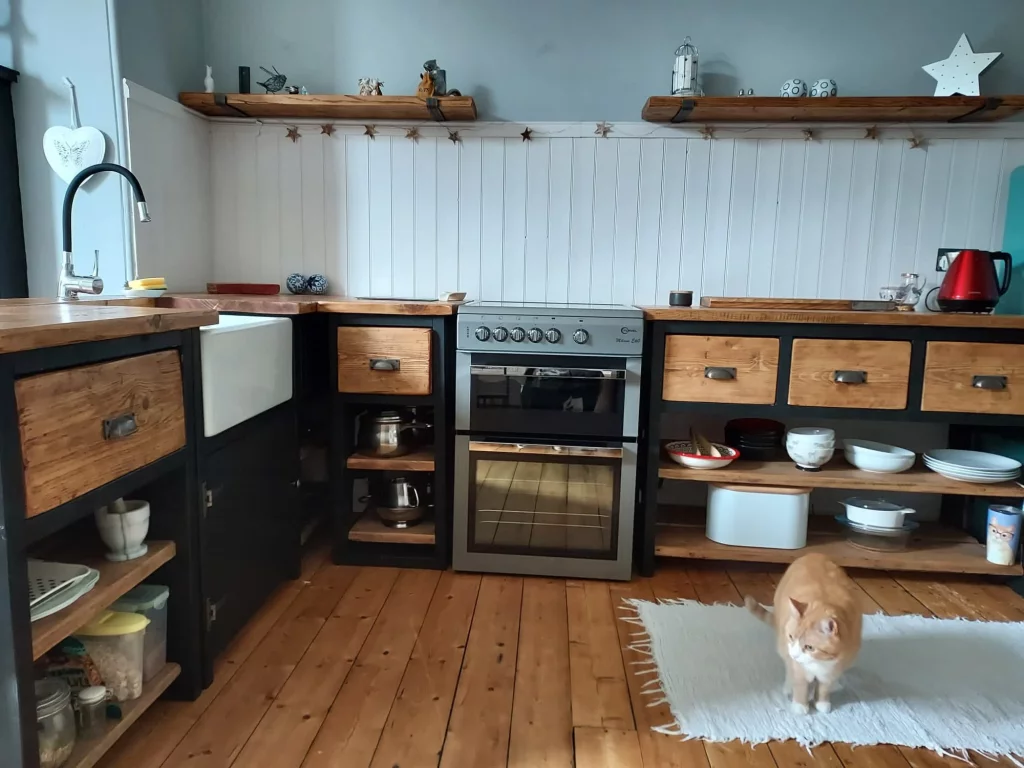
For decades, the fitted kitchen has reigned supreme in British homes, seen as the pinnacle of efficiency, sleek lines, and bespoke design. Walls of precisely measured cabinetry, integrated appliances, and seamless worktops have become the default. But a quiet revolution is bubbling, challenging this established order: the rise of the freestanding kitchen. So, when it comes to crafting the heart of your home, which path should you choose? Let's dissect the arguments.
The fitted kitchen undeniably offers a tailored, often luxurious, finish. Every inch of space is maximised, tucked away behind custom-built doors. This can be a godsend in smaller spaces, where clever corner solutions and integrated appliances can make a compact area feel expansive and uncluttered. Aesthetically, they deliver a cohesive, streamlined look that many find appealing – a clean canvas that allows other design elements to shine. Installation, while disruptive, often feels like a single, all-encompassing project, leading to a complete, ready-to-use space. Value-wise, a well-designed fitted kitchen is often cited as a significant selling point for a property, appealing to buyers who desire a "turnkey" solution.

However, this perfection comes with its caveats. The biggest, perhaps, is flexibility (or lack thereof). Once a fitted kitchen is in, it's virtually immutable. Want to change your layout? Move an appliance? Add a new piece? Prepare for significant disruption, expense, and often, collateral damage. This rigidity also ties into the growing conversation around sustainability. As furniture designer Will Floyd McLean has pointed out, fitted furniture contributes massively to landfill because it's designed to be demolished, not repurposed. The initial cost can also be substantial, and design choices made today are effectively permanent, meaning you’re locked into trends that might quickly fade.
Enter the freestanding kitchen, an approach that harks back to a simpler time yet offers a fresh perspective for modern living. Imagine your kitchen as a collection of beautiful, individual pieces: a sturdy dresser for crockery, a butcher's block as a prep station, a standalone larder, or a magnificent range cooker. The most compelling advantage here is adaptability. If you move house, your kitchen can potentially move with you, or at least its key components can be repurposed in other rooms. Need to reconfigure your space? Simply shift units around. This freedom also makes it ideal for renters or those who envision their home as an evolving space.
Aesthetically, freestanding kitchens exude a charm and character that fitted designs often struggle to achieve. They can feel less clinical, more inviting, and allow for a delightful mix of styles and eras. Think antique armoires alongside industrial-style islands. From a sustainability standpoint, it's a clear winner – individual pieces have a longer lifespan, can be repaired, upcycled, or sold on. Cost can be variable; while bespoke freestanding units can be expensive, a well-curated collection of salvaged, vintage, and new pieces can be surprisingly economical.
Of course, freestanding isn't without its challenges. The lack of integrated solutions can mean less seamless lines, and potentially, more dust traps. Appliances often sit more visibly, and managing plumbing and electrical connections for separate units requires careful planning. It also demands a different design mindset – one that embraces asymmetry and individuality over uniformity.
Ultimately, the choice between freestanding and fitted comes down to personal priorities. If seamless aesthetics, maximum storage, and long-term immobility are your drivers, the fitted kitchen remains a solid choice. But if flexibility, character, sustainability, and the joy of a less conventional space appeal, then embracing the freedom of freestanding might just be the most inspired decision you make for your home.